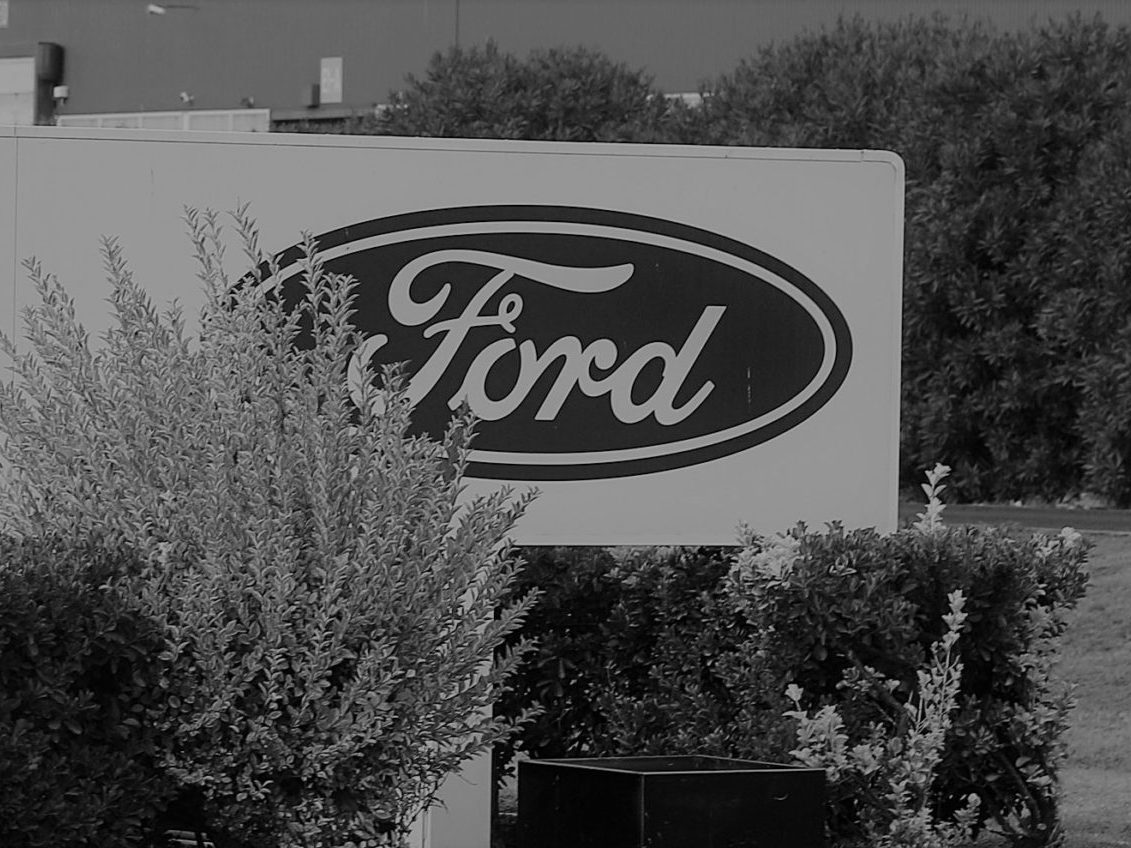The Windsor V8 engine was developed by Ford Motor Company in the United States, the Windsor V8 engine found its way into various Ford Falcon models produced in Australia, contributing to the Falcon’s reputation for performance, reliability, and versatility. Spanning several generations and iterations, the Windsor V8 engine left an indelible mark on the Australian automotive landscape and remains a cherished and iconic powerplant among enthusiasts and collectors.
1. Origins and Development: The Windsor V8 engine traces its origins back to the early 1960s when Ford Motor Company sought to develop a new family of lightweight and compact V8 engines for its passenger car lineup. Named after the Windsor engine plant in Windsor, Ontario, Canada, where it was initially produced, the Windsor V8 engine was designed to offer improved performance, fuel efficiency, and durability compared to its predecessors.
2. Design and Architecture: The Windsor V8 engine is characterized by its compact and lightweight design, featuring a deep-skirted block construction, overhead valve (OHV) arrangement, and cross-flow cylinder heads. Available in various displacements ranging from 4.7 to 5.8 liters, the Windsor V8 engine was known for its robust construction, smooth power delivery, and ample torque output, making it well-suited for a wide range of applications.
3. Windsor V8 Generations: The Windsor V8 engine underwent several generations and iterations during its production run, each offering significant improvements in performance, efficiency, and technology:
- First Generation Windsor V8 (1962-1973): The first generation of the Windsor V8 engine debuted in 1962 with a displacement of 4.7 liters (289 cubic inches). It was initially offered in various Ford passenger car models, including the Falcon, Fairlane, and Mustang. Over the years, displacement options expanded to include 5.0 liters (302 cubic inches) and 5.8 liters (351 cubic inches), with power outputs ranging from approximately 140 kW (188 hp) to 224 kW (300 hp), depending on the specific variant and application.
- Second Generation Windsor V8 (1975-1996): The second generation of the Windsor V8 engine debuted in 1975 with the introduction of the XC Falcon series. It featured significant upgrades and enhancements, including revised cylinder heads, improved intake and exhaust systems, and updated engine management software. Displacement options remained largely unchanged, with power outputs ranging from approximately 119 kW (160 hp) to 224 kW (300 hp), depending on the specific variant and application.
- Third Generation Windsor V8 (1997-2002): The third and final generation of the Windsor V8 engine debuted in 1997 with the introduction of the AU Falcon series. It represented the culmination of years of refinement and development, incorporating advanced technologies such as electronic fuel injection, improved cylinder head design, and optimized intake and exhaust systems. Displacement options remained largely unchanged, with power outputs ranging from approximately 168 kW (225 hp) to 200 kW (268 hp), depending on the specific variant and application.
4. Performance and Applications: The Windsor V8 engine was praised for its strong performance, smooth power delivery, and robust reliability. Thanks to its compact design and lightweight construction, the Windsor V8 engine offered excellent power-to-weight ratios and responsive throttle response, making it well-suited for a wide range of driving conditions. It powered various Ford Falcon models, including sedan, coupe, and utility variants, as well as performance-oriented models such as the Falcon GT and XR8.
5. Legacy and Cultural Impact: The Windsor V8 played a pivotal role in the success of the Falcon range and contributed to Ford Australia’s reputation for engineering excellence and innovation. Production of the Windsor V8 ceased in 2002.
